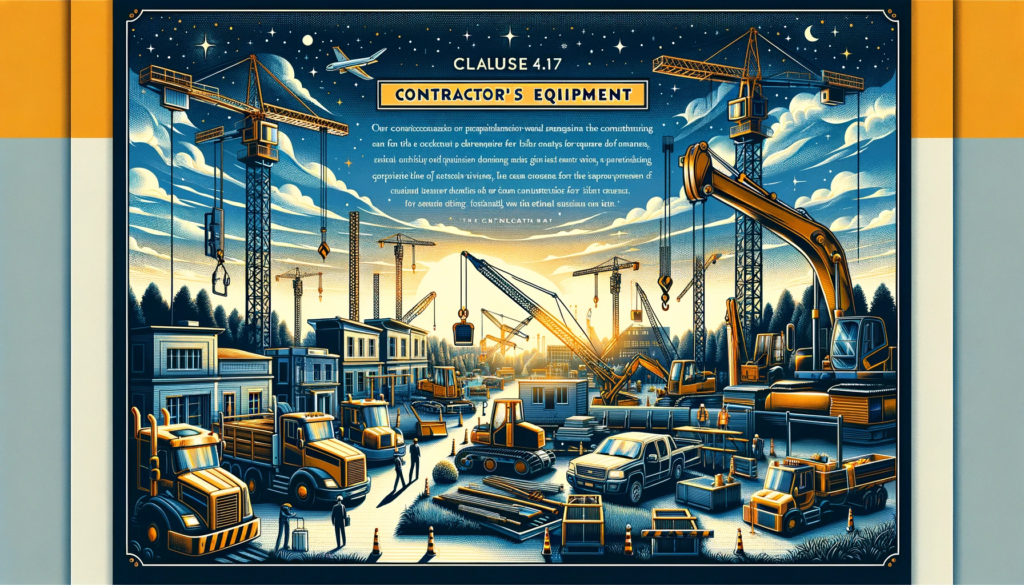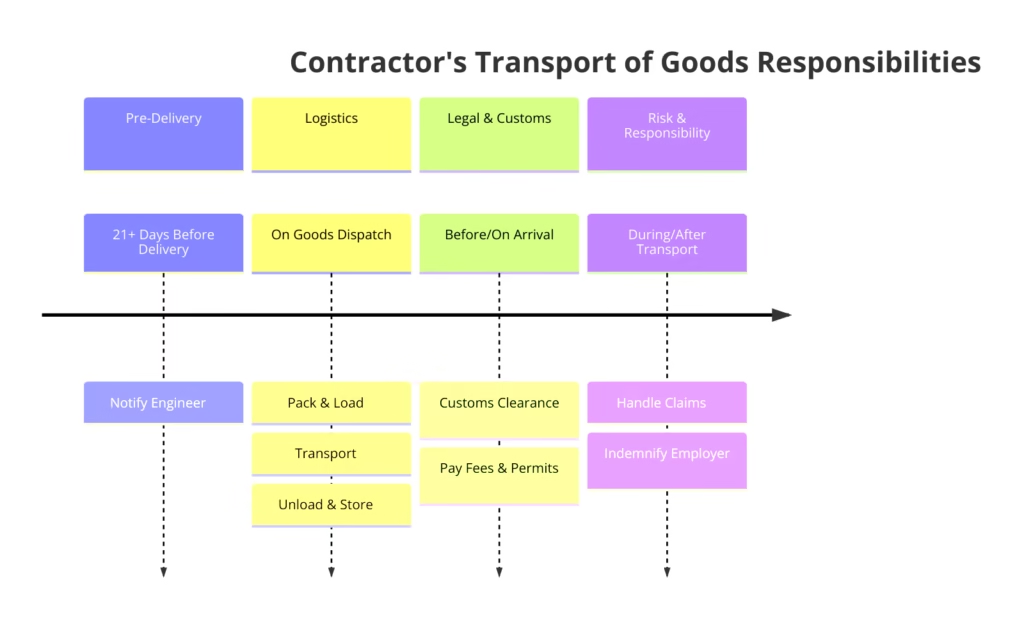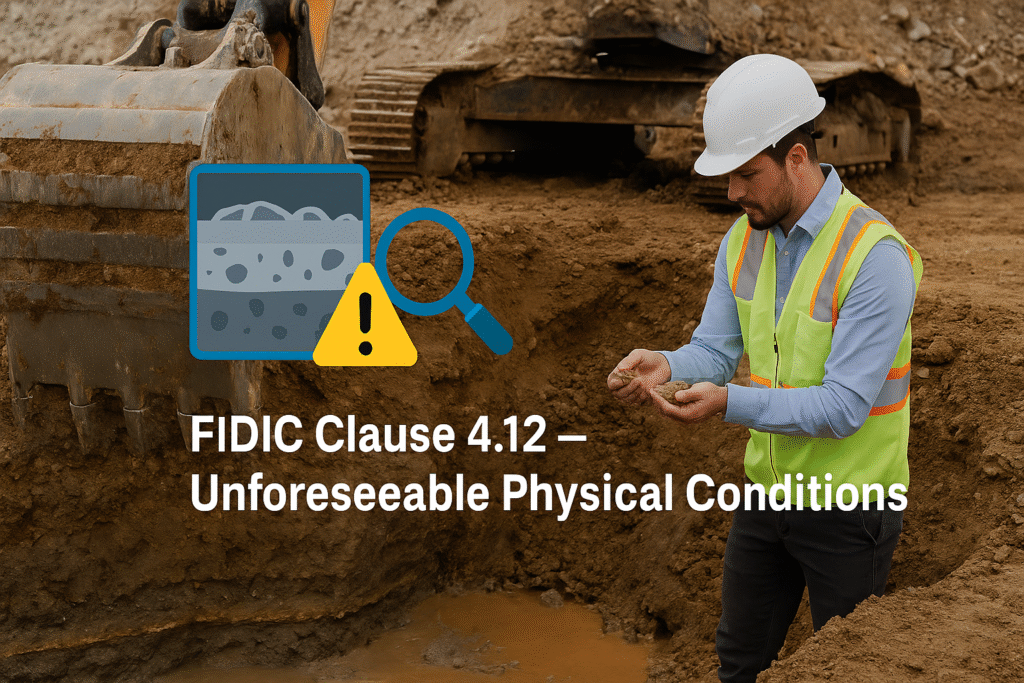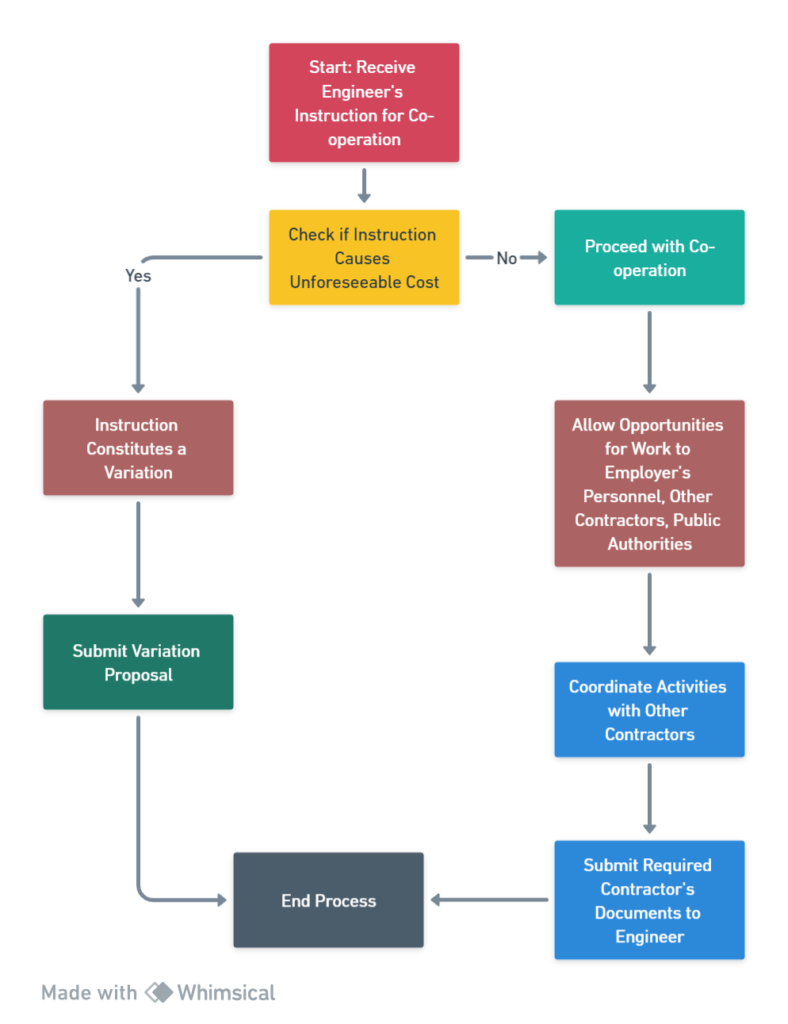🔍 Clause 4.17 – Contractor’s Equipment: The Full Story
This clause ensures that all equipment brought on-site by the Contractor is exclusively intended for the execution of the Works.
🔍 Clause 4.17 – Contractor’s Equipment: The Full Story Read More »



















